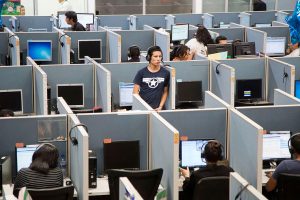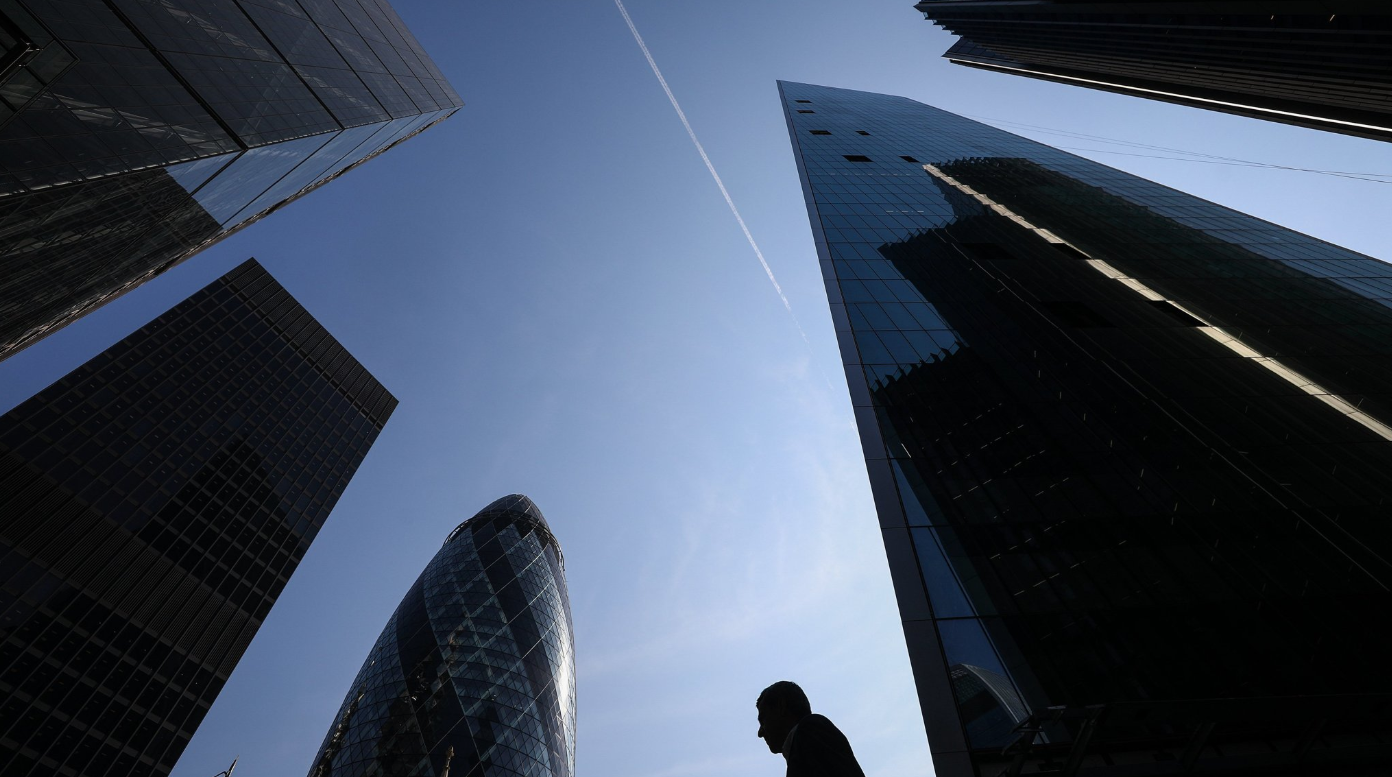Guidebook for the next administration

(Part 2)
Chapter 3 of the book is a record of what happened to the Philippine economy during the pandemic, hopefully recording for posterity this very tragic period in the history of the whole world when more than 6 million people perished from the virus.
I wrote all the articles in this chapter during the two years (2020 to 2021) of the coronavirus disease 2019 (COVID-19) pandemic. Many of the articles appeared in the two dailies, i.e., The Manila Bulletin and BusinessWorld as commentaries on contemporary socio-economic events.
Expectedly, there is much crisis management of the economy during the pandemic, as poverty, unemployment, underemployment and inflation soared during the pandemic. The ability of our leaders to respond to the economic crisis precipitated by the spread of the virus, despite some initial errors in the imposition of excessive lockdowns, brought about a quick recovery, illustrating once more the resilience of the Philippine economy in the midst of crises.
At the time of the publication of this book in mid-2022, the global economy is still reeling from very high prices of oil and of other commodities such as food and metal. As I point out in some of the chapters of this book, the Philippine economy will once more demonstrate that akin to what happened during the East Asian financial crisis of 1997 to 2000 and the Great Recession of 2008 to 2012, it will be among the least adversely affected in the Indo-Pacific region.
Already in early 2022, the Philippine gross domestic product (GDP) was forecasted by the World Bank to be the fastest growing in Southeast Asia and the second in the entire Indo-Pacific region, next only to India.
As repeatedly mentioned throughout the book, the greatest asset and source of resilience of the Philippine economy is its young and growing population, providing a huge domestic market for all types of investors, as well as the human resources needed by the world in the form of our Overseas Filipino Workers and in the BPO-IT (business process outsourcing-information technology) sector.
Both of these major contributors to growth were the least adversely affected by the pandemic. In 2021, both these engines of growth already resumed their historical average growth of 3% to 5%. Even during the height of the pandemic, there were new BPO-IT enterprises that were continuing to invest in the Philippines, thanks to the very smooth transition of the sector to work from home (WFH) modes of operation.
Another positive aspect of the pandemic was the greater realization of both public officials and people in the private business sector and civil society about the primordial importance to the economy of food security. The preponderance of those isolated in their homes by the lockdowns transforming themselves into “plantitos” and “plantitas” made the growing of high-value vegetables and fruits for home consumption increase the awareness for everyone to contribute to increasing food supplies.
More attention has been given to the alarming news that the average age of a Filipino farmer is getting close to 60 years, prompting more efforts to put up agritech schools for the training of the future farmers, whether from middle-class households or from the children of the farmers themselves.
One of the most publicly acclaimed announcements of the incoming President is the highest priority that will be given to improving the productivity of the agricultural sector. This welcome focus on agriculture is needed both as a short-term response to an ongoing crisis of shortage of food supplies and a long-term solution to the number one weakness of the Philippine economy, the very low productivity of Philippine agriculture compared to its peers in the ASEAN region. Since action speaks louder than words, the President decided to take for himself the portfolio of the Secretary of Agriculture.
Fortunately, the entire field of agribusiness — from farming to post harvest, cold storage, supply chain and logistics, food processing and retailing — has attracted the younger generation as a choice of career or entrepreneurial venture. Food and agribusiness, together with health and wellness, the digital industry and nonformal and informal education have joined the ranks of sunrise industries in the post-pandemic era.
Domestic tourism also proved to be more resilient than its foreign counterpart which is expected to recover only in 2023 or even later. As early as December 2021, there were already signs that the more than 60 million Filipinos who before the pandemic traveled outside their homes to other destinations within the Philippine Archipelago (especially to beach resorts) were already engaged in “revenge spending.”
Chapter 4 ends with proposals from different groups about how the Philippine economy can transition from the Duterte to the Marcos Jr. administrations.
There is consensus among economists that the highest priority should be given to managing the very high debt level that was made necessary to address the problems of poverty, unemployment and underemployment brought about by the pandemic.
There is also general agreement from all sectors that the economic team put together by President Ferdinand “Bongbong” R. Marcos, Jr., led by Finance Secretary Benjamin E. Diokno, is up to the challenge, with decades of experience among them.
I have no doubts that, especially empowered by the CREATE (Corporate Recovery and Tax Incentives for Enterprises) law passed during the Duterte Administration (thanks to the efforts of former Finance Secretary Carlos Dominguez III and his team), our government officials will have the expertise and the political will to significantly raise the necessary revenues to pay off our debts and to finance current operations, especially in the fields of education, health and social welfare.
What is in danger of running out of funding is the very important Build, Build, Build program of the Duterte Administration which succeeded in increasing the percentage of the budget on infrastructures from the historically low level of below 3% to almost double the rate at 5% to 6%. This level will be hard to sustain considering the debt crisis.
The solution I propose is to make use of the very enlightened amended Public Service Act that now enables foreign direct investors to own and manage a wide range of infrastructures like airports, seaports, telecommunications, railroads, subways, skyways and tollways — the types that will bring us to the next level of high-quality public services found among our Northeast Asian neighbors.
By aggressively preparing pre-feasibility studies of these infrastructures and offering them to foreign direct investors coming from Japan, South Korea, Taiwan, China, Spain, Germany, and the United States, and many advanced countries enjoying a surplus of long-term capital, we can continue the Build, Build, Build program during the coming six years.
Since we already reached the level of $10 billion of FDIs (foreign direct investments) during the height of the pandemic in 2021, there is no reason we cannot double that figure to reach an annual level of $20 billion of FDIs, competing with Vietnam that long surpassed us in FDI flows because of their more welcoming stance to foreign investors in the past. That no longer is a problem since our Congress passed the law amending the Public Service Act.
The private sector and local government units can play a very active role in both contributing to the continuation of the Build, Build, Build program and simultaneously increasing FDIs so that the investment component of GDP can take the lead in our attaining, not only a 6% to 7% but even an 8% to 10% rate in the coming years.
Since consumption and government expenditures may be muted because of high rates of inflation and of the debt level, we should try to get capital formation or investment to rise from its historical level at the low twenties to those attained by the tiger economies at over 30% of GDP. This can be done if there will be numerous replications of the way the best international airport today — the Mactan International Airport — was built. This was a joint venture between the local construction firm Megawide and one of the largest infrastructure companies of India, the GMR group.
Local private firms can follow the example of Ramon Ang of San Miguel Corporation (SMC) in venturing into building airports, seaports, railways, tollways, etc. Even if they are not as financially strong as the SMC group, they can attract joint venture partners from South Korea, Japan, Taiwan, China (not state enterprises), Germany, Spain and other developed countries famous for building quality infrastructures.
These foreign firms can own the majority and controlling shares of these ventures under the amended Public Service Act. To hasten the process of putting up these infrastructures, especially in the fields of transport and telecom, the local firm can invest in the preparation of the pre-feasibility studies that can be used to market the projects to potential foreign investors.
One of the immediate targets should be Acciona, a leading Spanish infrastructure conglomerate that owns and manages airports all over the world, including the United States. Acciona was already involved in the construction of the brand new Cordoba bridge in Mactan, Cebu, in partnership with the DMCI group.
In a similar way, LGUs (local government units) can follow the Public-Private Partnership route in attracting foreign investors to construct vital infrastructures in their respective provinces or municipalities.
As an example, I know for a fact that the re-elected Governor of Batangas, Hermilando Mandanas, has had ambitions to put up an airport in his province to complement the world-class international port in Batangas City that was identified in a USAID (United States Agency for International Development) study several years ago as one of the leading contenders to decongest the Manila seaport.
Since there are literally hundreds of factories in the province of Batangas — located in the numerous industrial zones from Sto. Tomas to Batangas City — there is a need for an airport that can carry cargo for the high-value products of the export-oriented factories in these zones.
I can very well conceive of a partnership between the LGU of Batangas and Acciona to build an international cargo airport (that can also accommodate passengers), if not in Lipa in such other towns as San Jose, San Pascual and other neighboring towns.
Mr. Mandanas has already been looking into this possibility since he first proposed to the military to convert the Lipa military airport to a combined military-civilian one.
I can think of other provinces and municipalities led by proactive and enlightened leaders such as Palawan, Bataan, La Union, Ilocos Norte, Iloilo, Negros Occidental, Negros Oriental, Cagayan de Oro, etc. who can lead the way in this search for foreign groups to build vital infrastructures in their respective localities.
The last chapter, Chapter 5, is the piece de resistance of the book. After the Strengths, Weaknesses, Opportunities and Threats (SWOT) analysis presented in the first four chapters, we are now ready to formulate a strategic plan for the Philippines to achieve First World Status in the next twenty years or so.
In keeping with the basic assumption that the ultimate resource of any economy is the human resource, we devote much space to how to improve the quality of education and the need for the constant upskilling, reskilling and retooling of the existing workers.
We especially address the millennials and centennials that the way that they can “robot-proof” themselves is to assign the highest priority to ways and means — formal, informal or non-formal — to sharpen their critical thinking skills, their ability to communicate and their knowing how to relate one human discipline to one another.
Since we are of the belief that the Philippines can take its place in the global market, not so much in the manufacture of goods, but in delivering high-value services, we devote some articles to the creative industries, IT-BPM (information technology and business process management) and the film industry.
We end the chapter with an article in which we dialogue with the presidential candidates before the May 9, 2022, elections. Whatever strategic directions or policy recommendations we addressed to those who ran for President are now uniquely addressed to Mr. Marcos.
We hope to continue the dialogue with him in the next six years of his term, together with all the sectors of Philippine society who are willing to respond to his call for Unity. United, we can truly aspire to be First World in the next 20 years or so. n
Those who are interested in purchasing copies of the book (that will be available by mid-July 2022) may contact Rio Quiza at rioangela.quiza@uap.asia or Henry Siy of Totus Book Store at totusbookstore@gmail.com or FB Page: https://facebook.com/totusbookstore or FB messenger: m.me/totusbookstore.
Bernardo M. Villegas has a Ph.D. in Economics from Harvard, is professor emeritus at the University of Asia and the Pacific, and a visiting professor at the IESE Business School in Barcelona, Spain. He was a member of the 1986 Constitutional Commission.




